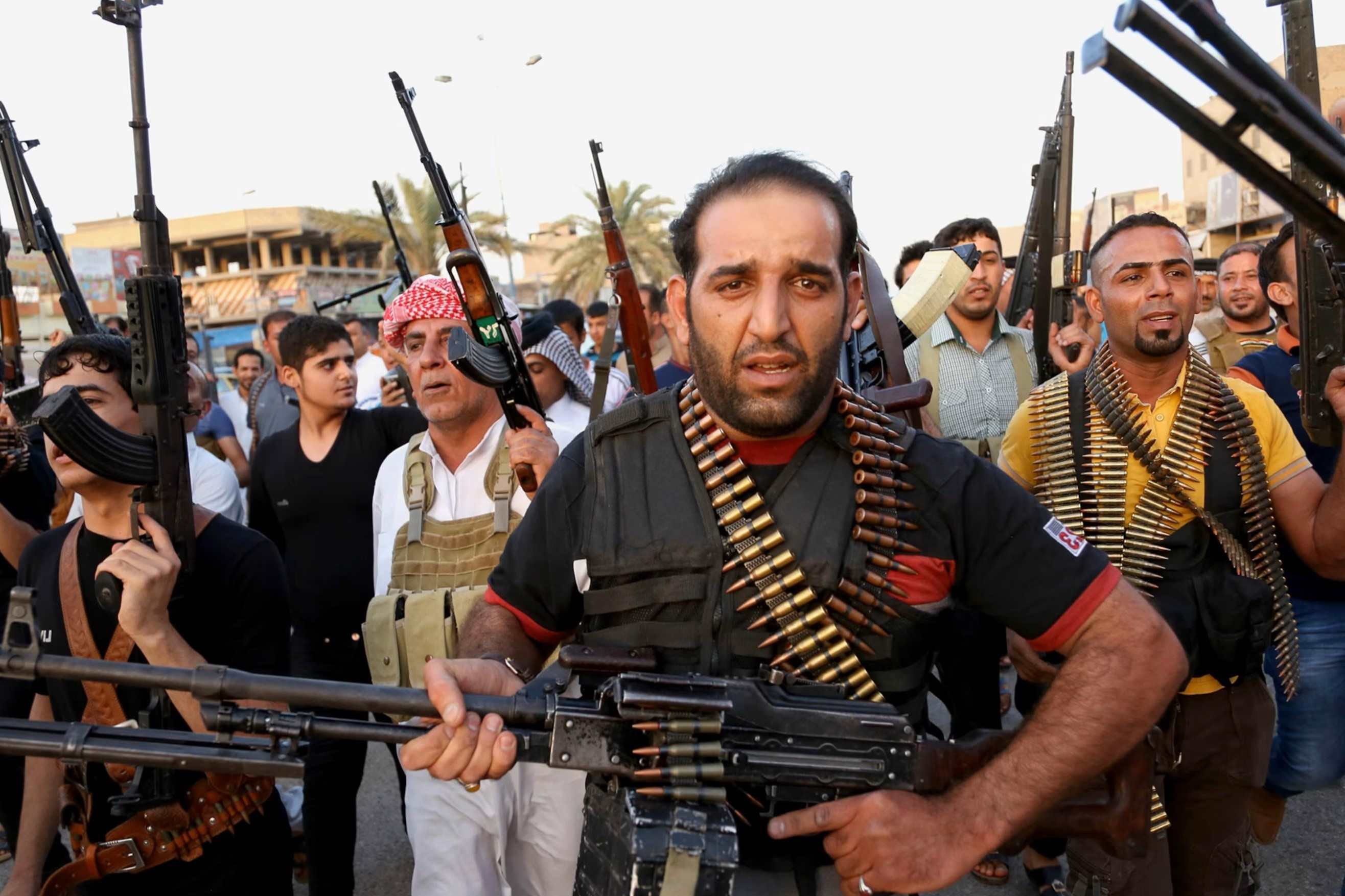
What is the Islamic State Insurgency in Iraq? The Islamic State Insurgency in Iraq refers to ongoing conflict and violence initiated by the militant group known as ISIS or ISIL. This insurgency began after the U.S. invasion of Iraq in 2003, but it gained significant momentum in 2014 when ISIS captured major cities like Mosul. The group aims to establish a caliphate governed by strict Sharia law. Their tactics include bombings, assassinations, and guerrilla warfare. The Iraqi government, supported by international coalitions, has been fighting to reclaim territory and restore stability. Understanding this insurgency is crucial for grasping the broader Middle Eastern geopolitical landscape.
Key Takeaways:
- The Islamic State insurgency in Iraq has deep historical roots, starting after the 2003 U.S. invasion. It has had a devastating impact on civilians, with over 200,000 killed and millions displaced.
- Despite losing most of its territory, ISIS remains active through guerrilla tactics. Efforts to rebuild and stabilize Iraq are ongoing, but the threat of ISIS resurgence remains.
Origins of the Islamic State Insurgency in Iraq
The Islamic State insurgency in Iraq has deep historical roots. Understanding its origins helps grasp the complexity of the conflict.
- The insurgency began after the 2003 U.S. invasion of Iraq, which toppled Saddam Hussein's regime.
- Many insurgents were former members of Saddam's military and intelligence services.
- Al-Qaeda in Iraq (AQI), led by Abu Musab al-Zarqawi, played a significant role in the early insurgency.
- AQI later evolved into the Islamic State of Iraq (ISI) in 2006.
- The group rebranded as the Islamic State of Iraq and Syria (ISIS) in 2013.
Key Figures in the Insurgency
Several individuals have been pivotal in shaping the insurgency. Their actions and leadership have had lasting impacts.
- Abu Bakr al-Baghdadi declared himself the caliph of the Islamic State in 2014.
- Abu Musab al-Zarqawi was known for his brutal tactics and targeting of Shia Muslims.
- Abu Omar al-Baghdadi led ISI before being killed in a U.S.-Iraqi operation in 2010.
- Abu Ayyub al-Masri, an Egyptian, was a key military strategist for ISI.
- Haji Bakr, a former Iraqi military officer, helped plan ISIS's expansion in Syria.
Major Battles and Campaigns
The insurgency has seen numerous significant battles and campaigns. These events have shaped the course of the conflict.
- The Battle of Fallujah in 2004 was one of the bloodiest battles for U.S. forces.
- Mosul fell to ISIS in June 2014, marking a significant territorial gain.
- The Siege of Sinjar in August 2014 led to the massacre and enslavement of Yazidis.
- The Battle of Tikrit in 2015 saw Iraqi forces recapture the city from ISIS.
- The Battle of Mosul (2016-2017) was a decisive victory for Iraqi forces, ending ISIS's control of the city.
Impact on Civilians
The insurgency has had a devastating impact on civilians. The human cost of the conflict is staggering.
- Over 200,000 civilians have been killed since the insurgency began.
- Millions of Iraqis have been displaced, creating a massive refugee crisis.
- ISIS's use of child soldiers has been widely condemned.
- The group has destroyed numerous cultural and historical sites, including the ancient city of Nimrud.
- ISIS's brutal treatment of women, including forced marriages and sexual slavery, has drawn international outrage.
International Involvement
The insurgency has drawn in numerous international actors. Their involvement has influenced the conflict's dynamics.
- The U.S. has conducted thousands of airstrikes against ISIS targets in Iraq.
- Iran has provided significant support to Shia militias fighting ISIS.
- Russia has also conducted airstrikes against ISIS, though primarily in Syria.
- The United Nations has condemned ISIS's actions and called for international cooperation to combat the group.
- Numerous countries have contributed to the Global Coalition to Defeat ISIS, providing military, financial, and humanitarian support.
Current State of the Insurgency
The insurgency continues to evolve. Understanding its current state is crucial for predicting future developments.
- ISIS has lost most of its territory in Iraq but remains active through sleeper cells.
- The group has shifted to guerrilla tactics, including bombings and assassinations.
- Iraqi security forces continue to conduct operations against ISIS remnants.
- The insurgency has exacerbated sectarian tensions between Sunni and Shia Muslims in Iraq.
- Efforts to rebuild and stabilize Iraq are ongoing, but the threat of ISIS resurgence remains.
Final Thoughts on the Islamic State Insurgency in Iraq
The Islamic State insurgency in Iraq has left a significant mark on the region's history. This conflict has reshaped political landscapes, displaced millions, and caused untold suffering. Understanding these 30 facts helps grasp the complexity and gravity of the situation. From the rise of ISIS to the international efforts to combat it, each fact sheds light on different aspects of the insurgency.
The resilience of the Iraqi people and the ongoing efforts for peace and stability are crucial. While the insurgency has waned, the scars remain, and the path to recovery is long. Awareness and education about these events are vital for preventing future conflicts. By learning from the past, we can hope for a more peaceful future.
Frequently Asked Questions
Was this page helpful?
Our commitment to delivering trustworthy and engaging content is at the heart of what we do. Each fact on our site is contributed by real users like you, bringing a wealth of diverse insights and information. To ensure the highest standards of accuracy and reliability, our dedicated editors meticulously review each submission. This process guarantees that the facts we share are not only fascinating but also credible. Trust in our commitment to quality and authenticity as you explore and learn with us.
